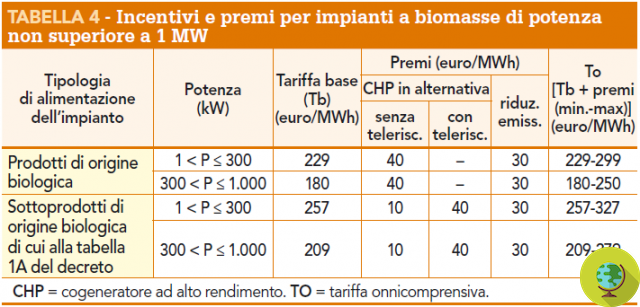Offshore wind isn't that dangerous to seabirds. This is the conclusion of a study conducted by the Offshore Renewables Joint Industry Program (ORJIP), according to which the risk of collision between birds and wind turbines has been largely overestimated so far. However, the Royal Society for the Protection of Birds (RSPB), which fights for the protection of bird species, has distanced itself from the study, considering the conclusions rather optimistic.
Offshore wind isn't that dangerous to seabirds. This is the conclusion of a study conducted by the Offshore Renewables Joint Industry Program (ORJIP), according to which the risk of collision between birds and wind turbines has been largely overestimated so far. However, the Royal Society for the Protection of Birds (RSPB), which fights for the protection of bird species, has distanced itself from the study, considering the conclusions rather optimistic.
The ORJIP is an English program that aims to research and innovation aimed at reducing the risks for ecosystems due to offshore wind, often accused of being risky for seabirds, which could collide with wind turbines, risking injuries or death in flight. But his latest study, published a few days ago, would reassure us.
In fact, the researchers recorded and processed, between July 2014 and April 2016, 12131 daytime and 48000 night videos at the Thanet Offshore Wind Farm, about 12 km from Margate, Kent (UK), considered representative of the English offshore parks, with 100 turbines. of 3 MW distributed over an area of 35 square km and appropriate for the study of bird behavior, given the greater abundance of these species and the logistical suitability compared with other possible sites.

Photo: peshkov / 123RF Stock Photo
The analysis of the videos has led to the selection of 299 in which the birds are within the radius of action of the turbines (about 90 meters) or in the first 10 meters outside, highlighting only 6 collisions. The result could reassure us about the impact that wind turbines, a renewable energy source, have on the rest of ecosystems.
But the Royal Society for the Protection of Birds, which was involved with experts in the study, disagrees at all, believing the conclusions excessively. optimistic. “We were very happy to participate in the panel of experts - explains a spokesman for the association - […] The study has collected a large amount of new data that will be of great value […]. However, it is extremely important to note that RSPB does not endorse the conclusion of the study that the risk of collision of seabirds is less than half of what would be expected ”.
In fact, the authors of the work themselves specify, for example, that they have been observed only 15 cases of seabirds flying perpendicular to the turbine rotor. Considering the 6 collisions observed, a high risk is deduced for seabirds flying with these trajectories. On the other hand, although the number of videos is very high, it refers to a single site, with species typical of the place.
Concluding that offshore is safe for seabirds might be, perhaps, a little hurried.
For more information on offshore wind, read also:
- Wind energy: offshore parks reduce hurricanes
- Pantelleria: stop off-shore wind in the sea of the Sicilian island
- The difficult relationship between offshore wind and sea lions
Roberta de carolis
Photo: WWT Consulting


























